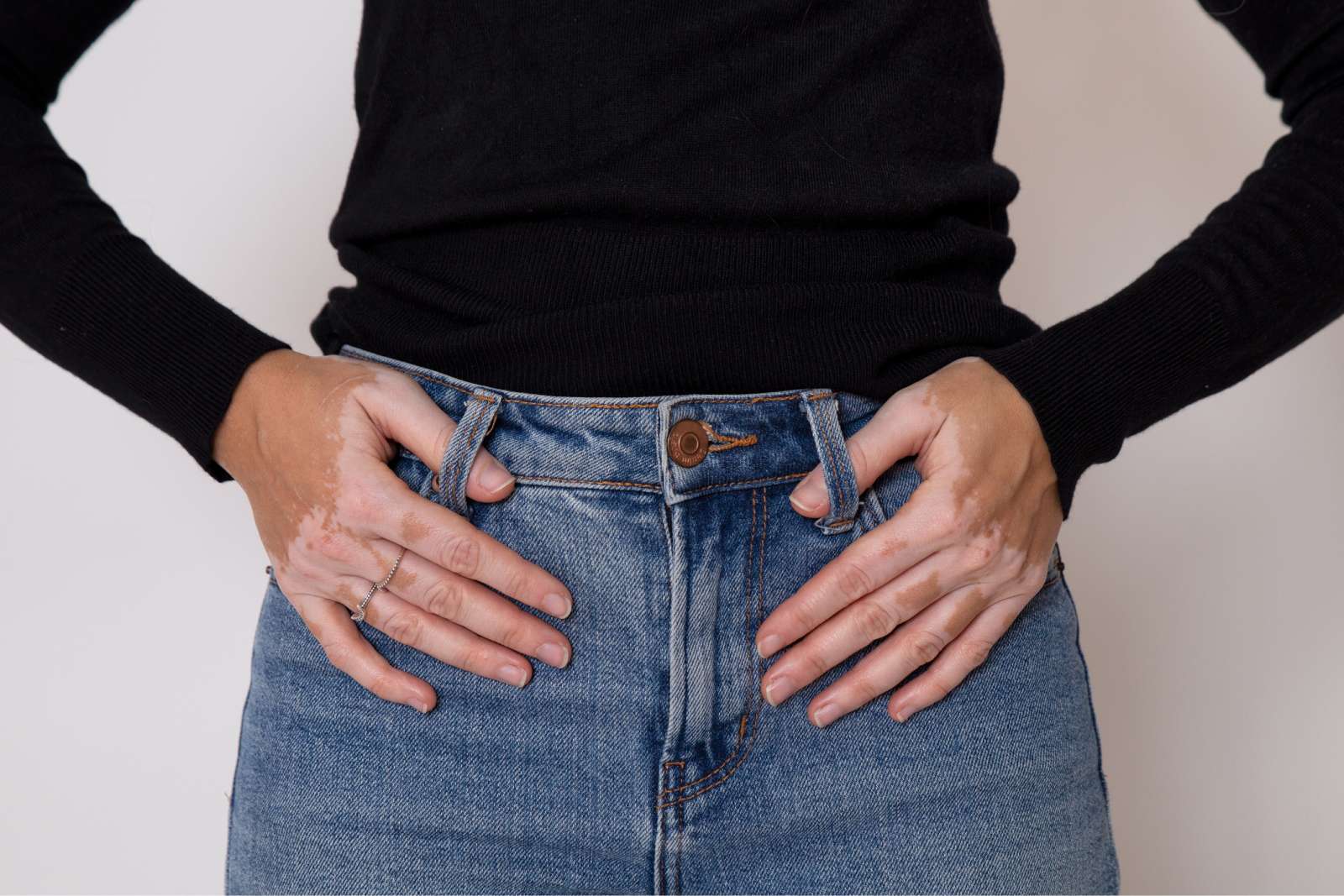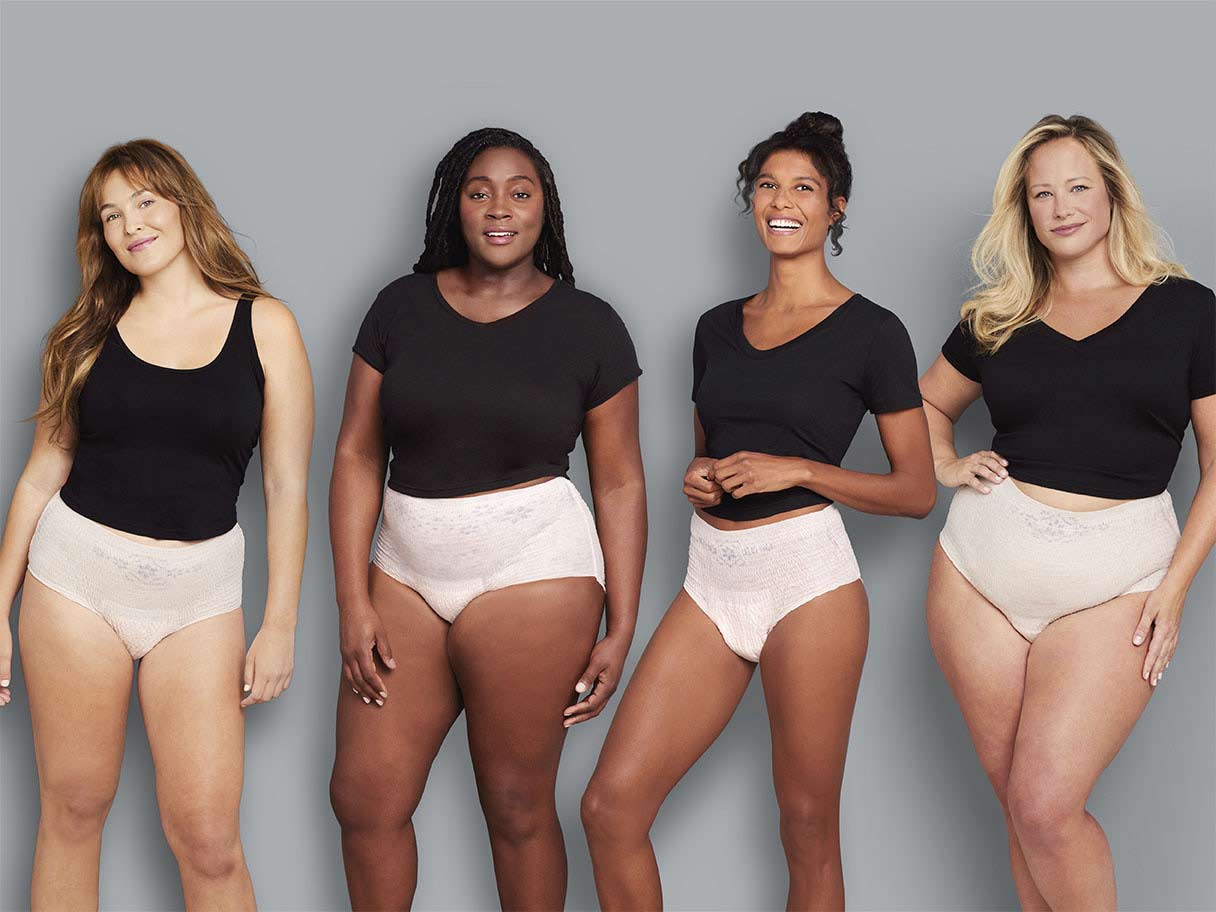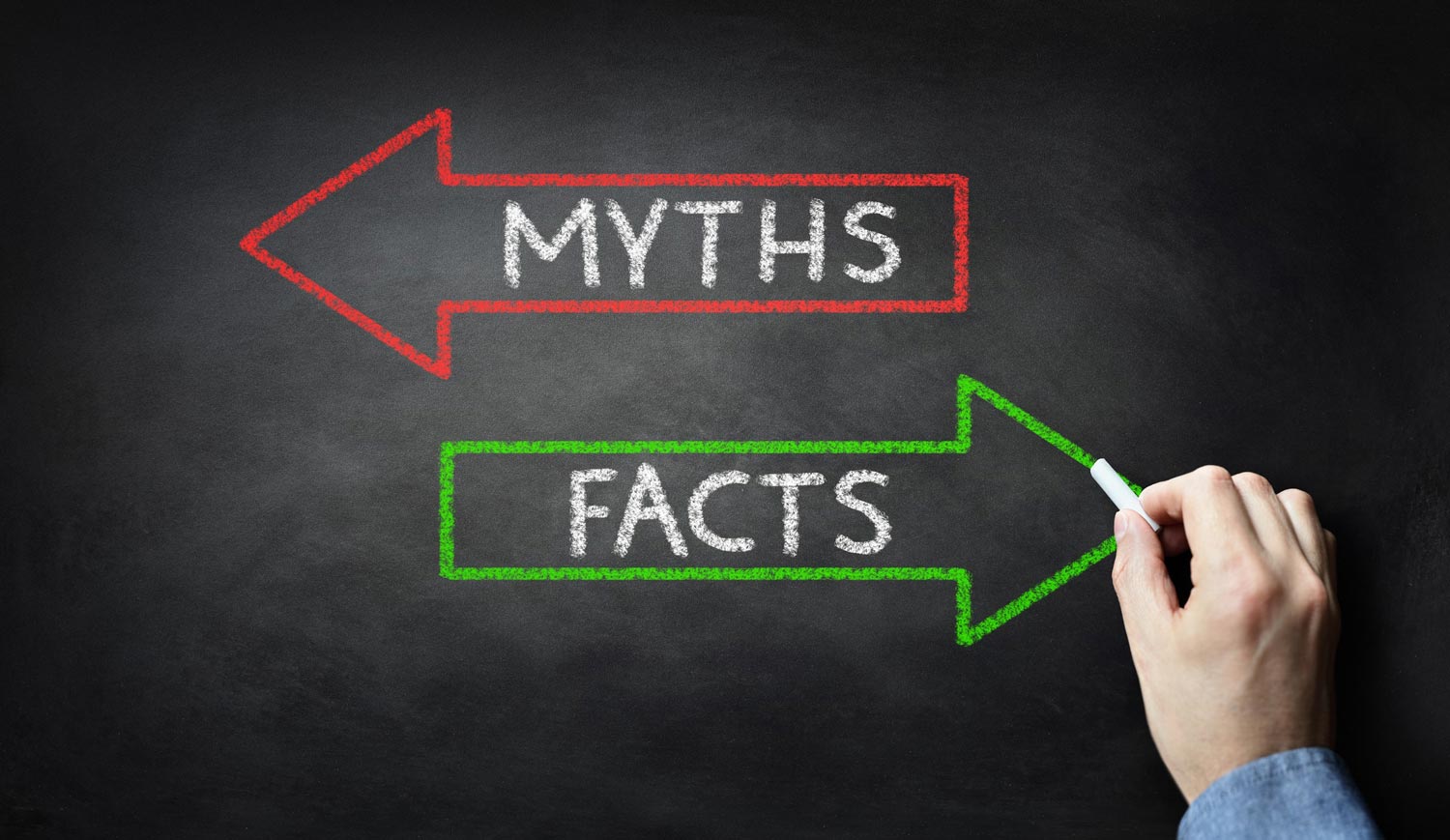Female Incontinence - Types, Symptoms & Risks
About female incontinence
Incontinence affects more women than men. Pregnancy, childbirth, menopause, and the anatomy of a woman’s lower urinary tract are all factors that increase the likelihood of incontinence. Older women experience incontinence more than younger women. However, urinary incontinence should never be accepted as a part of normal aging. Incontinence is manageable and often treatable, no matter what age or physical condition you are in. According to a Population-Based Study in the US, about 28% to 55% of women suffer from urinary incontinence, and women are twice as likely to experience it according to the Agency for Healthcare Research and Quality.
Did you know?
- A recent study finds more than 55% of adult women in the U.S. experience Urinary Incontinence
- 25 million Americans between the ages of 15 and 50, experience some form of urinary leakage
- UI (urinary Incontinence) is more common for women over the age of 50.
Women often report a range of incontinence types, from slight leakage when they laugh, cough, or sneeze, to frequent and unexpected losses of large amounts of urine. Some women think urinary leakage is a part of normal aging and believe nothing can be done to help. This perception needs to change - do not put up with urinary leakage - do something about it. Many women find the help and advice they receive from continence physiotherapists and nurse specialists, make a real difference in preventing the social discomfort of those frequent mad dashes to the bathroom.
Female incontinence types
There are four main types of female incontinence:
- Urgency incontinence: This is the inability to hold urine long enough to reach a restroom. It can be associated with having to urinate often and feeling a strong, sudden urge to urinate. It can be a separate condition, but it may also be an indication of other diseases or conditions that would also warrant medical attention.
- Stress incontinence: This is the leakage of urine during exercise, coughing, sneezing, laughing, lifting heavy objects or performing other body movements that put pressure on the bladder.
- Functional incontinence: This is urine leakage due to a difficulty reaching a restroom in time because of physical conditions, such as arthritis, injury or other disabilities.
- Overflow incontinence: Leakage occurs when the quantity of urine produced exceeds the bladder’s capacity to hold it.
Your doctor may carry out a variety of tests to determine what type of incontinence you have. One of the things your doctor will do is test your urine to check if your symptoms are caused by a urinary tract infection. They will also ask you to keep a 3-day bladder diary that details the number of fluids you drink, how often you go to the toilet, and how much urine you pass on each visit. You can download a bladder diary by clicking on the link, Treatments of Incontinence.
Female incontinence causes
During childbirth, pushing a baby through the birth canal places all sorts of stretching pressures on your pelvic muscles. Some women seem to be able to withstand this stretching better than others.
For the older woman, the changes to your hormone levels can dry the sensitive lining of your vagina and urethra, the tube that takes urine away from your bladder and weakens your pelvic floor muscles. This increases the likelihood of urinary tract infections as well as urinary frequency. Other common conditions that contribute to incontinence include:
- Urinary Tract Infections (UTI) constipation and side effects from some medications. These are some of the most readily treated causes of incontinence. A visit to your doctor often provided very quick, relief.
- Surgical procedures such as a hysterectomy can sometimes cause urinary incontinence problems. Talk to your surgeon as they are best placed to assist you in your recovery.
- Disability that affects your movement, chronic conditions, like diabetes, and progressive diseases such as Alzheimer’s disease or Parkinson’s disease may require more specialized management from a medical specialist or neurological continence nurse advisor.
It’s important to understand that incontinence is not an inevitable part of aging, nor is it necessary to accept long-term incontinence after bearing a child. In many cases, urinary incontinence can be cured, and can always be better managed.
Find out more about incontinence causes.
Female anatomy
To understand the problem, it helps to understand how your waterworks actually function.
- Kidneys filter urine from the blood and this is stored in your bladder.
- The bladder is a hollow muscular organ that holds the urine until you decide that you feel full (hopefully at about 350-500mls).
- When you reach the toilet, you relax your pelvic floor muscles and your brain gives permission for the bladder muscle to contract, squeezing the urine out through the urethra – the tube from the bladder to the outside.
- When the bladder muscle is relaxed, the muscle that holds the bladder outlet tube (urethra) shuts tight enabling you to store your urine.
- The whole system is supported by the muscles of the pelvic floor that run from the tip of your tailbone through to the pubic bone (the front bone of your pelvis)
Many women with incontinence have weakened or damaged pelvic floor muscles and may not be able to support a full bladder. Everyone can gain back some strength in these muscles by learning and practicing Pelvic Floor Exercises.
Urine is about 95% water and 5% waste. Some people incorrectly believe that drinking less fluid, they will reduce their bladder control loss. In fact, these concentrated very small urine volumes train your bladder to hold only small amounts, making your symptoms worse. In addition, inadequate fluid intake can cause constipation, which may also make your urinary control worse.
This content should not substitute medical advice from your personal healthcare provider. Please consult your healthcare provider for recommendations/diagnosis or treatment.







